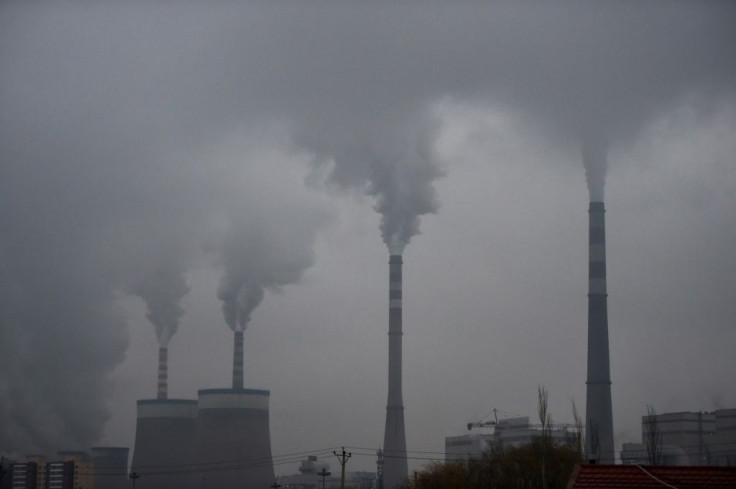Global Warming Protocol Failed At Eliminating Potent Greenhouse Gas, New Study Reveals

KEY POINTS
- Emissions of HFC have increased in the last couple of years
- HFC is more harmful to the ozone layer than CO2
- China and India may have intentionally downplayed their HFC emissions
A new study revealed that a global treaty established to protect Earth’s ozone layer has failed to eliminate or even decrease the amount of a particular type of destructive greenhouse gas. The authors of the study suspect that certain countries that signed the treaty might be downplaying their greenhouse gas emissions.
The Montreal Protocol is an international treaty signed by various countries in 1987. Its main goal is to conserve the ozone layer by reducing the amount of greenhouse gases being released into the atmosphere.
One of the greenhouse gases being addressed by the treaty is hydrofluorocarbon (HFC). Scientists refer to HFC as a “super” greenhouse gas because it has the potential to contribute to global warming by 3,000 times more than carbon dioxide. In fact, one ton of a particular variant of HFC identified as fluoroform is almost as harmful as 12,000 tons of CO2.
Previous reports for the Montreal Protocol revealed a 90 percent drop in HFC concentrations from 2015 to 2017. However, according to atmospheric data, concentrations of HFC did not decrease in the last couple of years, which means the reports contained contradicting information.
“When we saw the reports of enormous emissions reductions from India and China, we were excited to take a close look at the atmospheric data,” atmospheric chemist Matt Rigby of the University of Bristol said in a statement.
“This potent greenhouse gas has been growing rapidly in the atmosphere for decades now, and these reports suggested that the rise should have almost completely stopped in the space of two or three years,” he continued.
Rigby and his colleagues suspect that since China and India are the largest emitters of HFC, these two countries may have actually failed in reducing their greenhouse gas emissions, contrary to what they claimed in the reports.
Another possible explanation suggests that if China was actually successful in reducing its HFC emissions, it could mean that the production of this greenhouse gas in other developing countries increased exponentially.
According to the researchers, they are planning on carrying out follow-up investigations using regional data to accurately measure the HFC emissions of the Montreal Protocol’s member countries.
The findings of the researchers were presented in a new study published in the journal Nature.
© Copyright IBTimes 2025. All rights reserved.





















